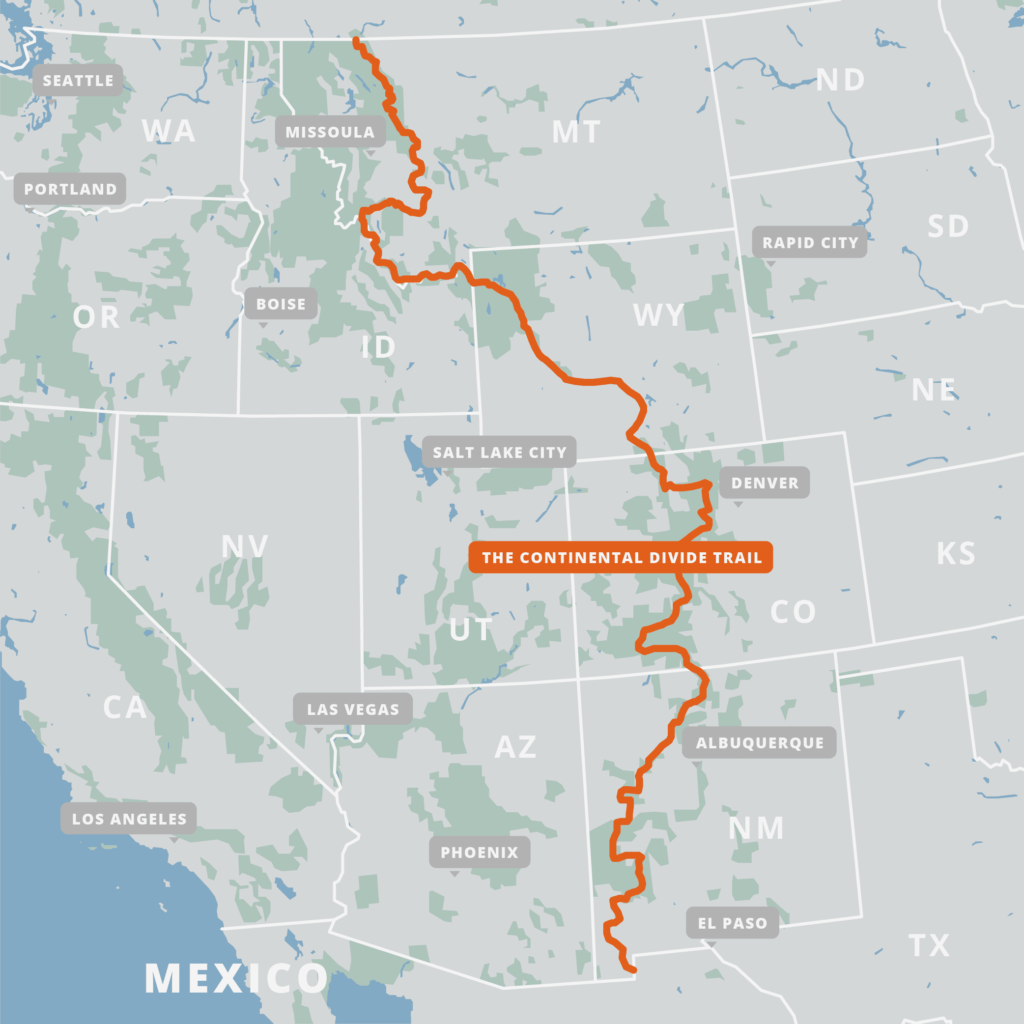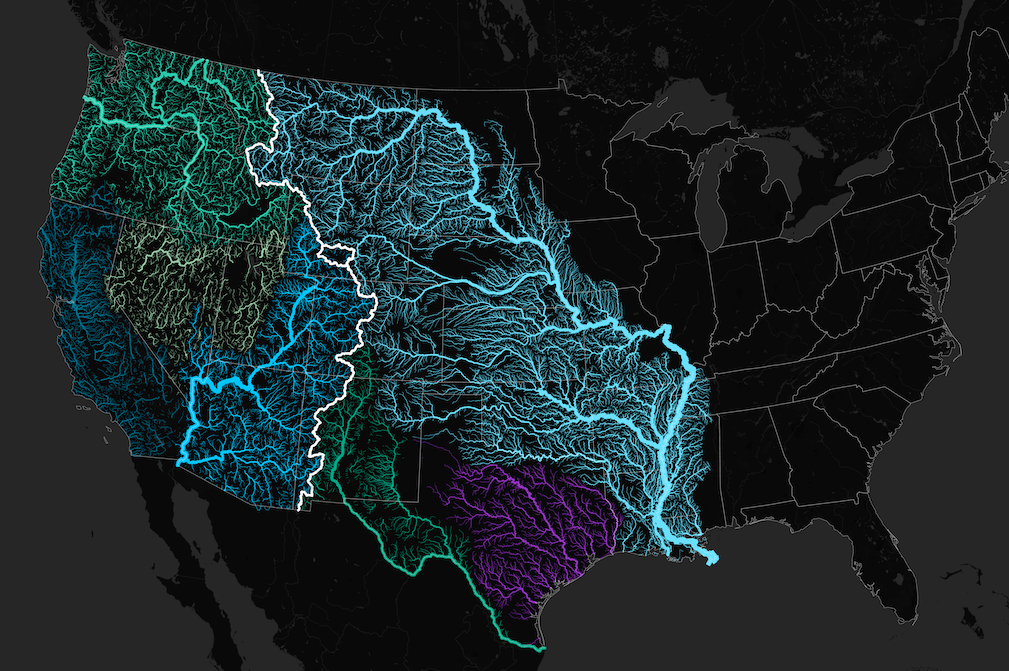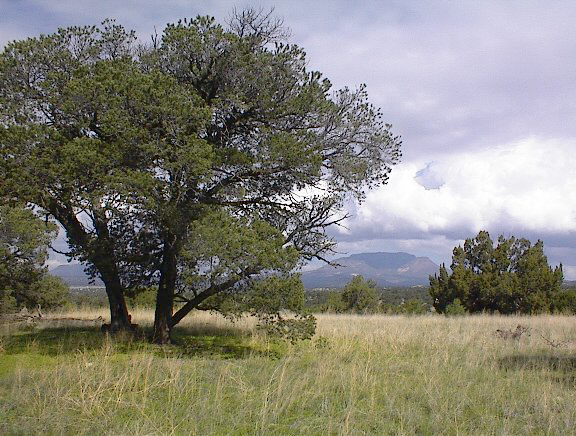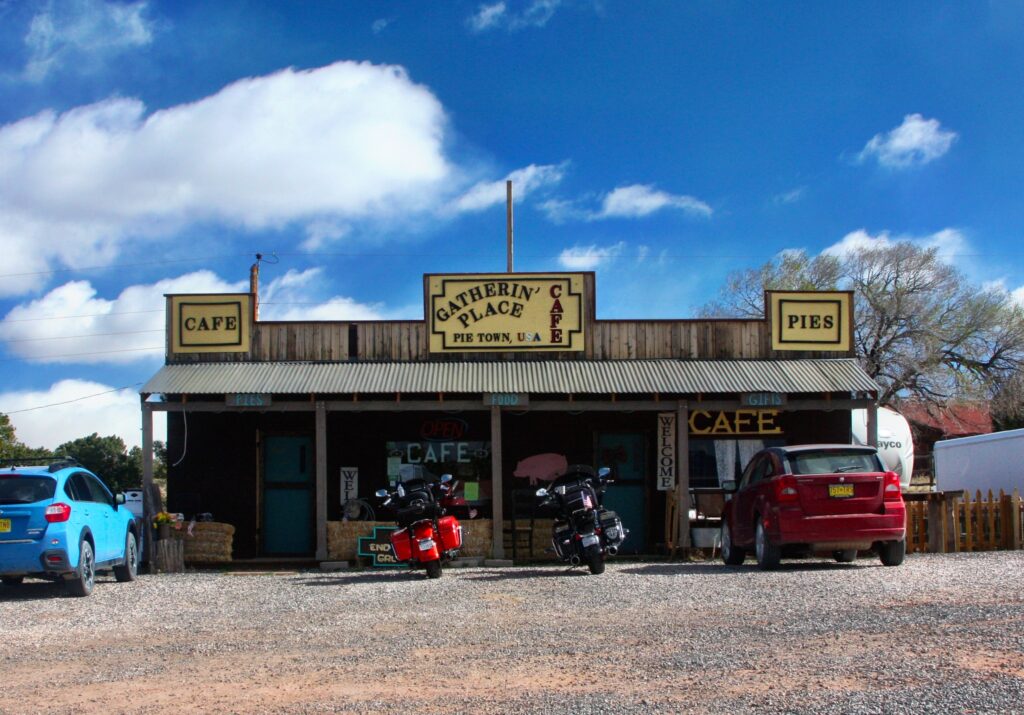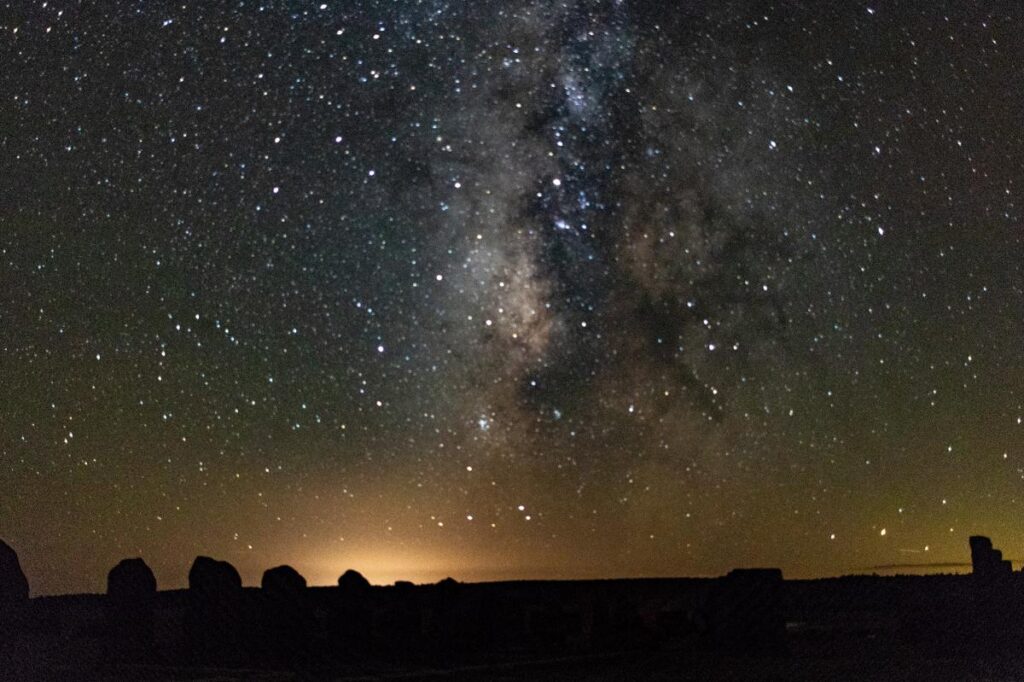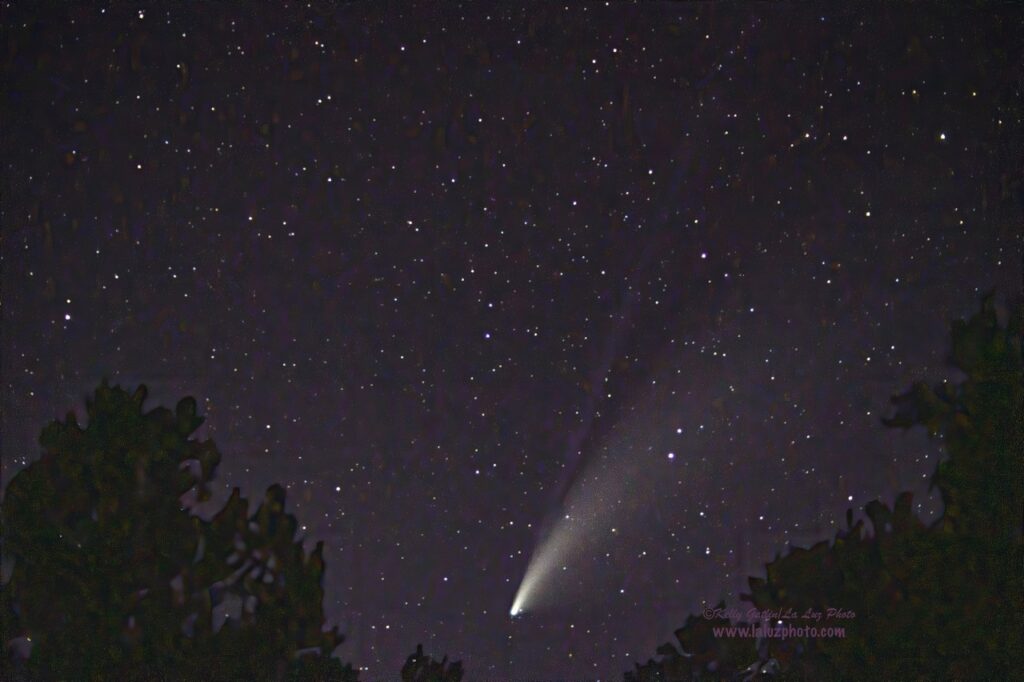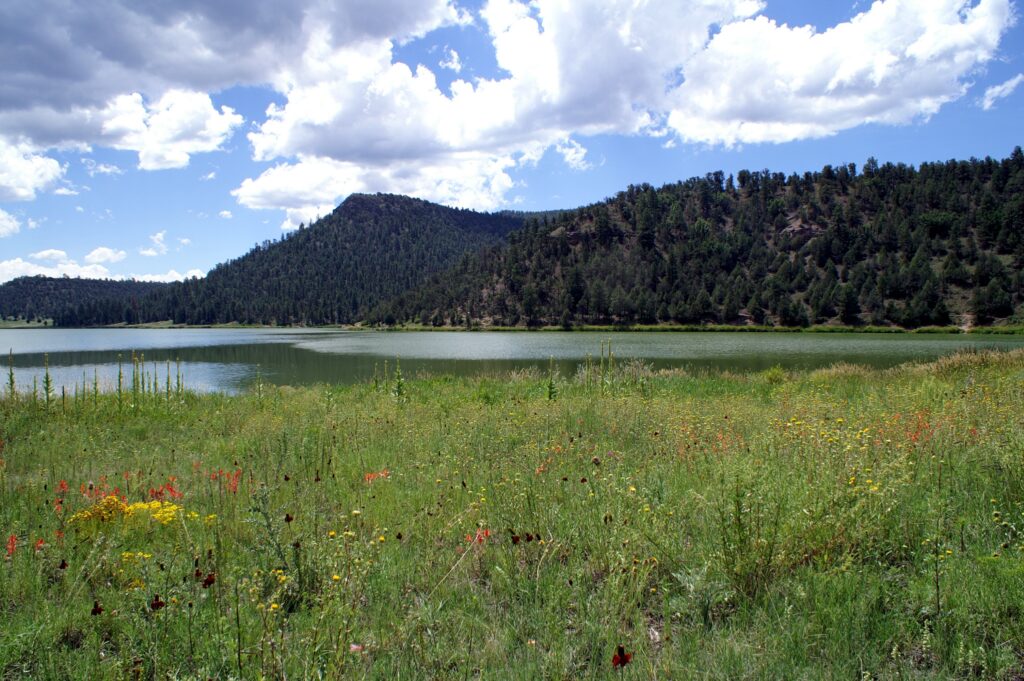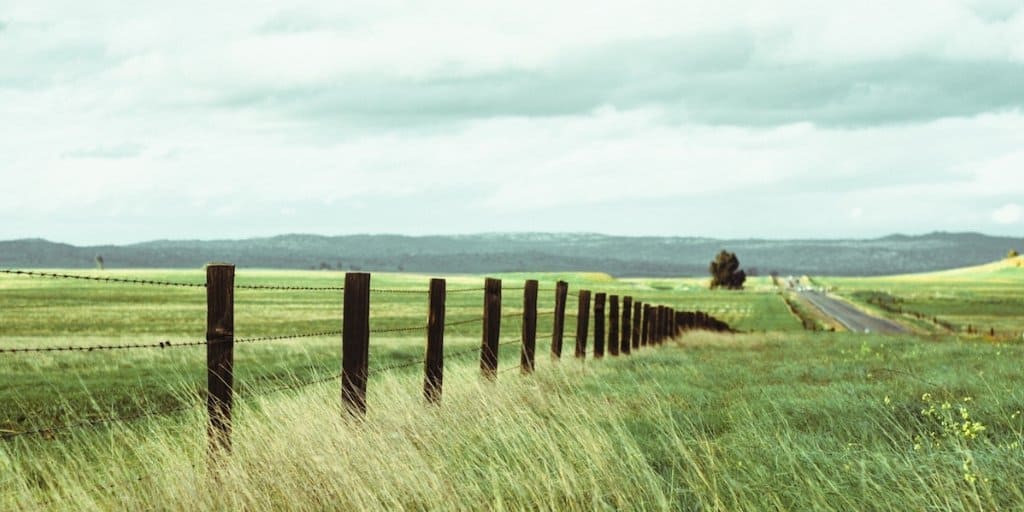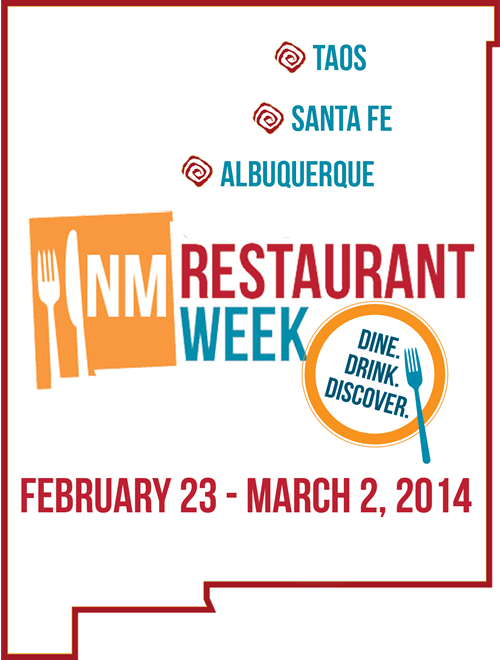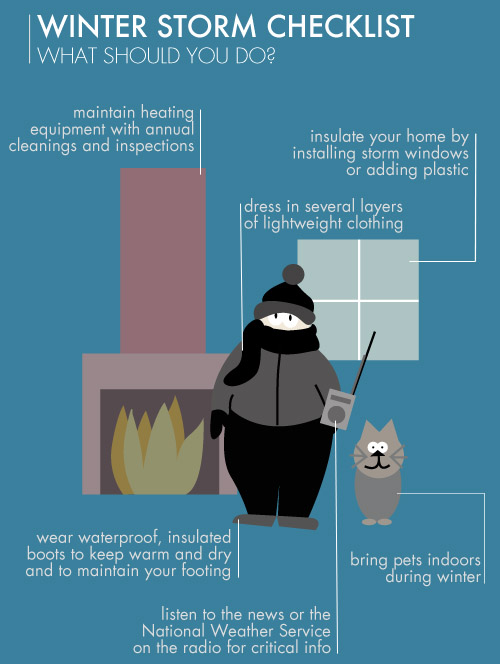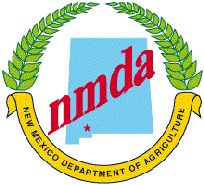What is a Modular Home?
Unlike site-built homes, modular homes are built in a factory setting, shipped in pieces to a location, and assembled on a foundation. This process decreases construction time, provides a weather-controlled environment for the materials and building, and allows you to customize your home. Modular homes have come a long way in the past decade. They aren’t just your standard, ugly double wide that you are used to seeing. Modular Homes can be customized to fit almost any style whether it be a log home, adobe, farm house or modern; if you can imagine it, they can build it!
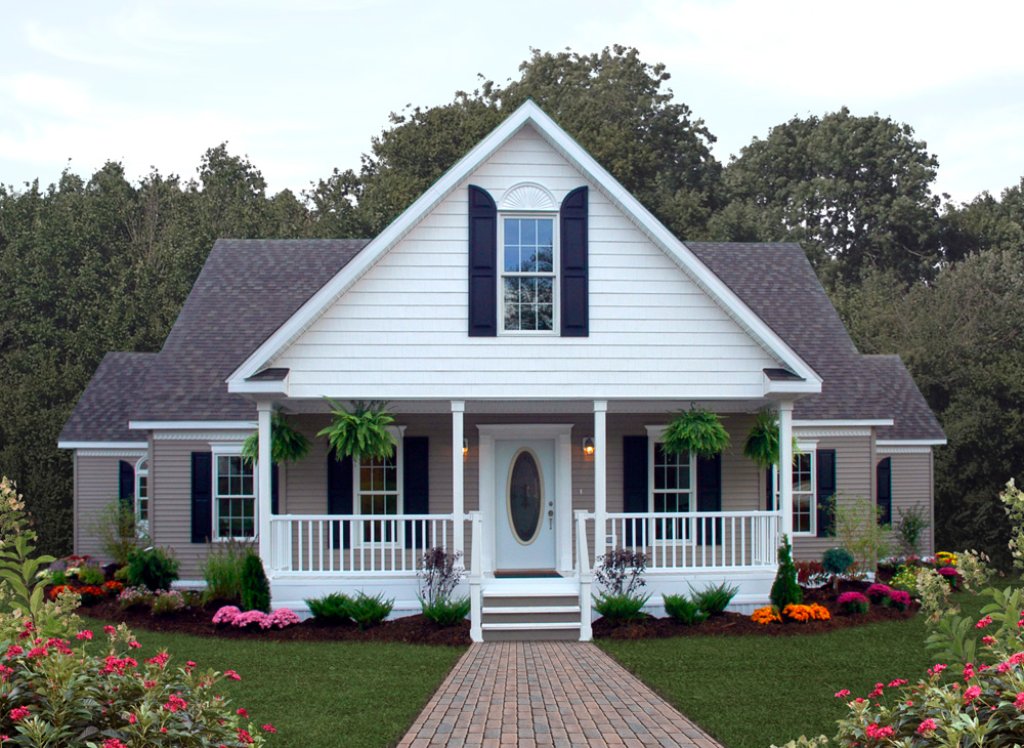
Basic Steps before building
Before your home can be ordered, you will need to find a location to place the home, and obtain any necessary permits. Knowing the building codes for your specific location will be useful when obtaining such permits. While you wait for your factory home to be built, you will make preparations for the foundation. Perhaps one of the most important steps of site preparation before your home arrives is connecting the utilities correctly. Discussions on whether you will hook in to a municipal sewer system or septic system will also be had.
Price Differential
Modular construction tends to be cheaper than stick-built homes by an average of 10 to 25 percent. This is because mass-produced materials on an assembly line, cut down costs as factories buy supplies in bulk. The cost of labor is also less because you don’t have to send individual carpenters, plumbers, and electricians to individual construction sites. Furthermore, a faster build time saves money too!
Similarities:
Modular homes appraise the same as their on-site built counterparts do. Modular homes are permanent structures and are generally assessed as real property. Thus meaning, taxes on modular homes are the same as site-built homes. Modular homes are built to the same building standards that traditional site builder must meet. Modular homes can be customized and vary in style and size just like stick built.
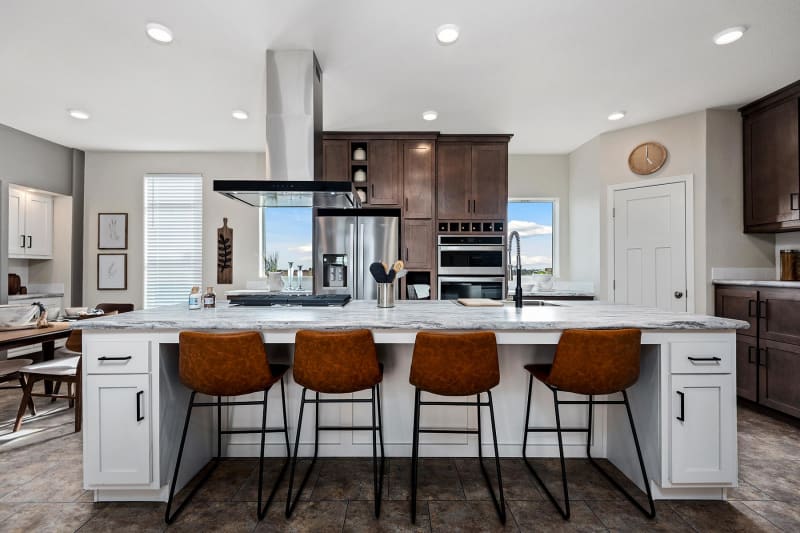
A Few Cons to Consider:
- You’ll need to purchase the land first.
- Cannot be built on subdivisions.
- You’ll need to build out a foundation, add electrical hookups, plumbing, and sewage on-site.
- Not all manufacturers are the same — you’ll need to do research on which company to choose.
- You may need a construction loan at first to finance the modular home, which is only good for one year.
- Once the home is attached to the foundation on-site, you’ll need to convert the construction loan into a longer-term mortgage by going through the home loan process.
In Conclusion, building modular has become a much more viable building solution for many looking to build their own home. This is especially true in rural areas where resources to contractors are limited. The ease of ordering, timeliness in which it can be completed and lower cost, are all appealing factors to building modular.
